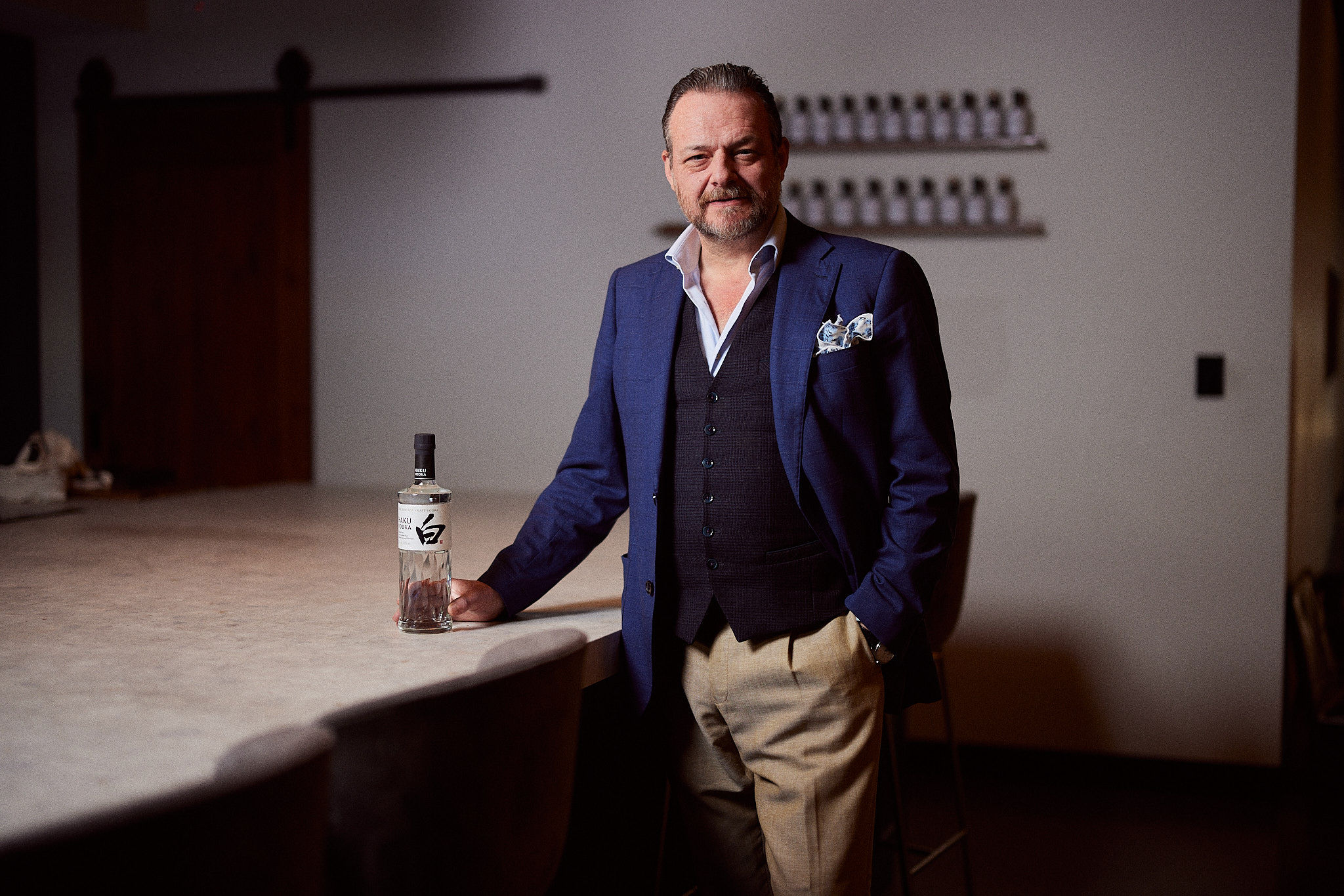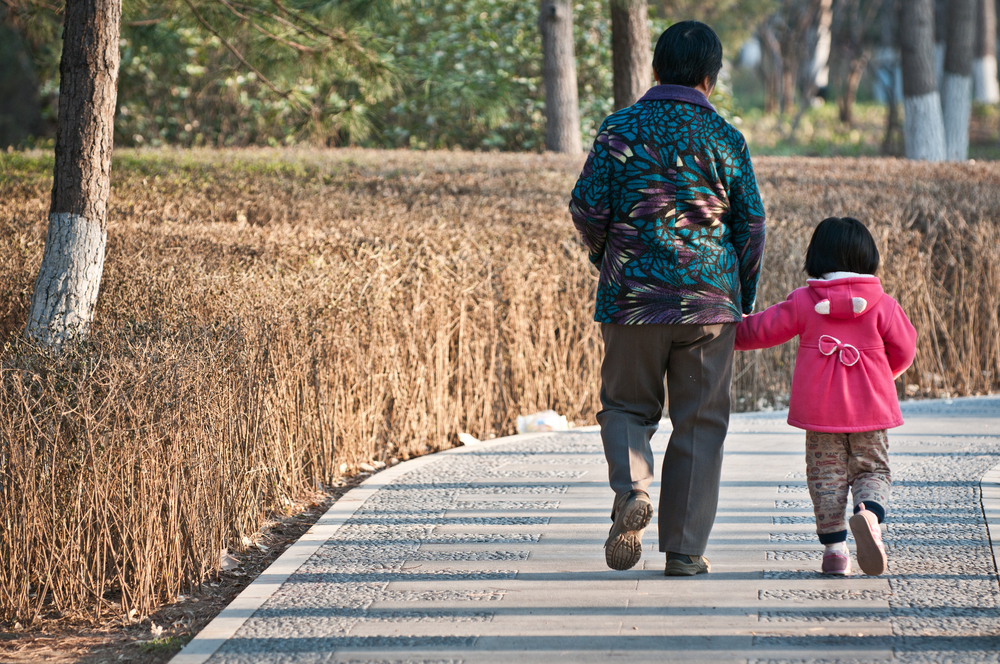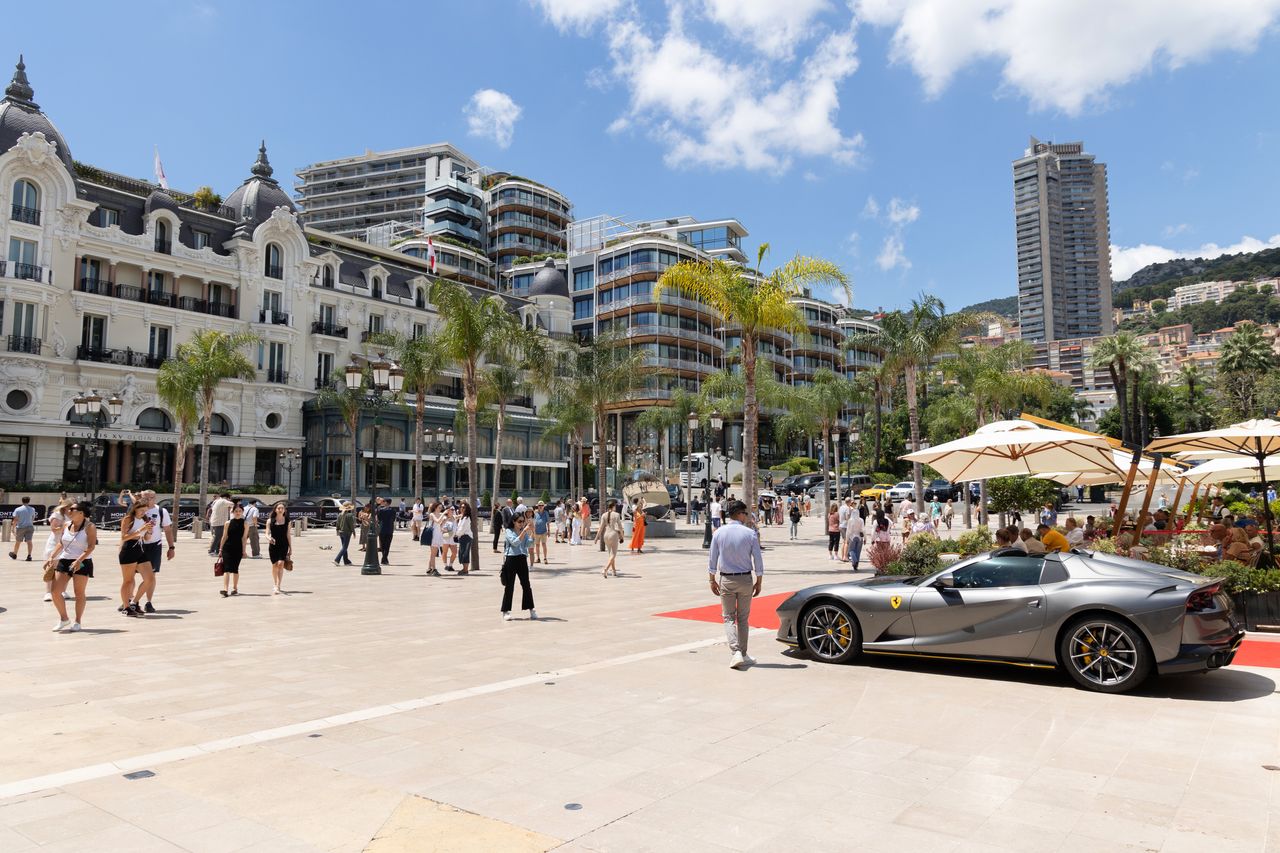Distilling the traditions of whisky: 15 minutes with James Buntin
Scotsman James Buntin knows a thing or two about whisky. Known as ‘the whisky ambassador’, here he shares his love of Australia — and a wee dram
In our occasional series with Australia’s movers and shakers, James Buntin describes his introduction whisky and how it has shaped his life.
For more stories like this, pick up the latest issue of Kanebridge Quarterly magazine here.
Q How did you find yourself living in Australia?
I originally moved here in 1999 to further my career in the hospitality industry. However I have had a love affair with Australia since the early 90s when I came here as a backpacker and felt instantly at home in this beautiful country of ours.
Q. When did you first start drinking whisky? Describe
the experience.
My first encounter with whisky was during my early years in Scotland. I vividly remember my father and uncle David taking me with them on their distillery visits around the whisky
regions of Scotland.
I was hooked, not on the whisky yet but more on the romance, history and sense of tradition that surrounded it. It was like stepping back in time. My first whisky was with my dad at new year (Hogmanay). I have no idea how old l was and the dram was probably 50/50 or more cut with water. The older I got the less the water added.
Q. When did you host your first tasting or masterclass?
I remember this well. My father, uncle and I returned from a trip visiting distilleries in the highlands of Scotland where we collected amber samples from each one. Upon our return to Edinburgh my father encouraged me to present these delights along with information on the distilleries and locations we had visited to my family and friends. It was 1984 and I was 15 and still have the picture.
Q. What is the best way to drink whisky in your view?
The best way to enjoy whisky and fully appreciate its nuances is with a few drops of water. This helps to open up the more delicate aromas and flavours that are often masked by the alcohol. Although there are some who would say the only thing that you should add to whisky is more whisky!
Q. What is it about the traditions of whisky distillation and drinking that appeals to you?
The traditions of whisky distillation and drinking appeal to me because they connect us with the past. It’s a craft that has been refined over centuries — one that you can experience though taste.
Q. Is there a nostalgic element about it?
Absolutely, there’s a strong nostalgic element. It reminds me of my Scottish heritage, my roots, and the stories passed down through generations. Whisky for me is a gateway to the past activated by aroma and taste. I have on many occasions been given a whisky not knowing what it is until the first sip and ‘bang’, I’m reminiscing a happy memory.
Q. Is that nostalgia also why you enjoy classic cars like the Morgan? Tell me about your experience with that car.
My love for classic cars like the Morgan stems from a similar sentiment. The craftsmanship and timeless design are reminiscent of the traditions I hold dear. I was the brand ambassador for The Balvenie in the UK a few years ago and the promotion of craft was a big priority for me. Bespoke things made by the hands of talented craftspeople are always the best and most desirable objects.
I collaborated with Morgan Motors to create a four-seater sports car. The video of the car being built is up on YouTube and is well worth a watch to see them bringing it to life using wood from an Ash tree.
Q. How has your Scottish heritage influenced your interest?
I am a proud Scot and whisky produced from my homeland is something that I am extremely passionate about. I have represented a large number of Scotch whiskies and that fills me with a great deal of national pride due to its quality and taste.

Q. You’ve worked for some of the best whisky brands in the world. What do they all have in common?
The best whisky brands all have strong values that uphold the commitment to quality, craftsmanship, and share a deep respect for tradition whilst looking to the future. These values are non-negotiable.
Q. Is there such a thing as bad whisky?
“There is no such thing as bad whisky — only good whisky and better!” someone once said, and it’s true there are certainly variations in quality. Older whisky is a harmony of flavours and balance, whereas younger, lesser ones might lack depth or complexity. It really is all about time in the wood.
Q. Why is whisky drinking most commonly associated with men, more than women?
The association of whisky with men is historical, but that’s changed. Women are increasingly drawn to whisky, and it’s a positive evolution. There are some amazing women in every aspect of the whisky industry from the field to the glass. I am lucky to have them as friends and colleagues. Australians have grown more appreciative of whisky over the years. The variety and accessibility of whisky options have expanded, making it a prominent part of the Australian drinking culture.
This stylish family home combines a classic palette and finishes with a flexible floorplan
Just 55 minutes from Sydney, make this your creative getaway located in the majestic Hawkesbury region.
As Paris makes its final preparations for the Olympic games, its residents are busy with their own—packing their suitcases, confirming their reservations, and getting out of town.
Worried about the hordes of crowds and overall chaos the Olympics could bring, Parisians are fleeing the city in droves and inundating resort cities around the country. Hotels and holiday rentals in some of France’s most popular vacation destinations—from the French Riviera in the south to the beaches of Normandy in the north—say they are expecting massive crowds this year in advance of the Olympics. The games will run from July 26-Aug. 1.
“It’s already a major holiday season for us, and beyond that, we have the Olympics,” says Stéphane Personeni, general manager of the Lily of the Valley hotel in Saint Tropez. “People began booking early this year.”
Personeni’s hotel typically has no issues filling its rooms each summer—by May of each year, the luxury hotel typically finds itself completely booked out for the months of July and August. But this year, the 53-room hotel began filling up for summer reservations in February.
“We told our regular guests that everything—hotels, apartments, villas—are going to be hard to find this summer,” Personeni says. His neighbours around Saint Tropez say they’re similarly booked up.
As of March, the online marketplace Gens de Confiance (“Trusted People”), saw a 50% increase in reservations from Parisians seeking vacation rentals outside the capital during the Olympics.
Already, August is a popular vacation time for the French. With a minimum of five weeks of vacation mandated by law, many decide to take the entire month off, renting out villas in beachside destinations for longer periods.
But beyond the typical August travel, the Olympics are having a real impact, says Bertille Marchal, a spokesperson for Gens de Confiance.
“We’ve seen nearly three times more reservations for the dates of the Olympics than the following two weeks,” Marchal says. “The increase is definitely linked to the Olympic Games.”

Getty Images
According to the site, the most sought-out vacation destinations are Morbihan and Loire-Atlantique, a seaside region in the northwest; le Var, a coastal area within the southeast of France along the Côte d’Azur; and the island of Corsica in the Mediterranean.
Meanwhile, the Olympics haven’t necessarily been a boon to foreign tourism in the country. Many tourists who might have otherwise come to France are avoiding it this year in favour of other European capitals. In Paris, demand for stays at high-end hotels has collapsed, with bookings down 50% in July compared to last year, according to UMIH Prestige, which represents hotels charging at least €800 ($865) a night for rooms.
Earlier this year, high-end restaurants and concierges said the Olympics might even be an opportunity to score a hard-get-seat at the city’s fine dining.
In the Occitanie region in southwest France, the overall number of reservations this summer hasn’t changed much from last year, says Vincent Gare, president of the regional tourism committee there.
“But looking further at the numbers, we do see an increase in the clientele coming from the Paris region,” Gare told Le Figaro, noting that the increase in reservations has fallen directly on the dates of the Olympic games.
Michel Barré, a retiree living in Paris’s Le Marais neighbourhood, is one of those opting for the beach rather than the opening ceremony. In January, he booked a stay in Normandy for two weeks.
“Even though it’s a major European capital, Paris is still a small city—it’s a massive effort to host all of these events,” Barré says. “The Olympics are going to be a mess.”
More than anything, he just wants some calm after an event-filled summer in Paris, which just before the Olympics experienced the drama of a snap election called by Macron.
“It’s been a hectic summer here,” he says.

AFP via Getty Images
Parisians—Barré included—feel that the city, by over-catering to its tourists, is driving out many residents.
Parts of the Seine—usually one of the most popular summertime hangout spots —have been closed off for weeks as the city installs bleachers and Olympics signage. In certain neighbourhoods, residents will need to scan a QR code with police to access their own apartments. And from the Olympics to Sept. 8, Paris is nearly doubling the price of transit tickets from €2.15 to €4 per ride.
The city’s clear willingness to capitalise on its tourists has motivated some residents to do the same. In March, the number of active Airbnb listings in Paris reached an all-time high as hosts rushed to list their apartments. Listings grew 40% from the same time last year, according to the company.
With their regular clients taking off, Parisian restaurants and merchants are complaining that business is down.
“Are there any Parisians left in Paris?” Alaine Fontaine, president of the restaurant industry association, told the radio station Franceinfo on Sunday. “For the last three weeks, there haven’t been any here.”
Still, for all the talk of those leaving, there are plenty who have decided to stick around.
Jay Swanson, an American expat and YouTuber, can’t imagine leaving during the Olympics—he secured his tickets to see ping pong and volleyball last year. He’s also less concerned about the crowds and road closures than others, having just put together a series of videos explaining how to navigate Paris during the games.
“It’s been 100 years since the Games came to Paris; when else will we get a chance to host the world like this?” Swanson says. “So many Parisians are leaving and tourism is down, so not only will it be quiet but the only people left will be here for a party.”
This stylish family home combines a classic palette and finishes with a flexible floorplan
Just 55 minutes from Sydney, make this your creative getaway located in the majestic Hawkesbury region.


















